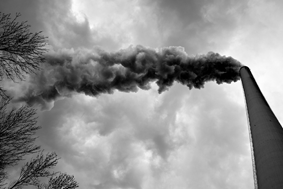Attention Please! Dengue season is coming back

Dengue fever is caused by one of four different but related viruses. It is spread by the bite of mosquitoes, most commonly the mosquito Aedes aegypti , which is found in tropic and subtropic and the Caribbean regions , usually during the rainy seasons in areas with high numbers of infected mosquitoes.Asia-Pacific countries have more than 70% of the disease burden.Dengue fever can be caused by any one of four types of dengue virus: DEN-1, DEN-2, DEN-3, and DEN-4. A person can be infected by at least two, if not all four types at different times during a life span, but only once by the same type. Dengue fever begins with a sudden high fever, often as high as 104 - 105 degrees Fahrenheit, 4 to 7 days after the infection.A flat, red rash may appear over most of the body 2 - 5 days after the fever starts with intense headache, joint and muscle pain and a rash. Mild bleeding of the nose or gums may occur.. A second rash, which looks like the measles, appears later in the d...


